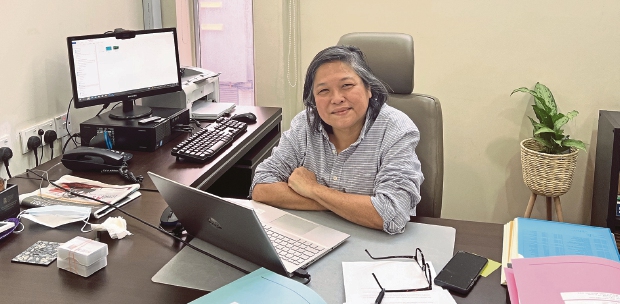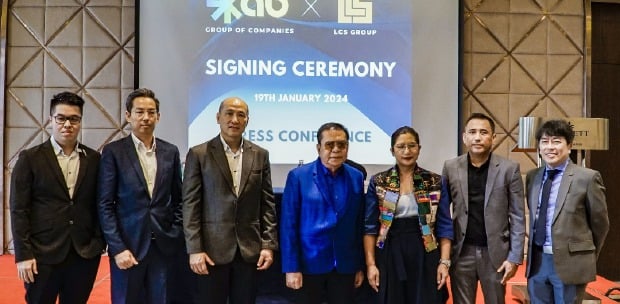UNIVERSITI Teknologi Malaysia Melaka’s (UTeM) intention to collaborate with Japan in the Kuala Lumpur-Singapore High Speed Rail (KL-SG HSR) project is a golden opportunity that can become a catalyst in the advancement of engineering expertise in the university.
Its vice-chancellor Professor Datuk Dr Shahrin Sahib said UTeM can expose its teaching manpower through job placements with leading industrial players while working together with numerous parties, especially from institutions of higher learning and well-known industrial players in Japan.
He said the opportunity to work with Japan, a country known for pioneering technology, provides a platform to produce encouraging outcome in the effort to boost engineering expertise in the university to prepare for the challenges of the Fourth Industrial Revolution.
Shahrin said this is evident when UTeM has gained promising results, especially in its efforts to boost its expertise with partnerships established with Japanese universities such as the Yokoshima National University, University of Tokushima and leading industry players such as Konica Minolta Inc.
“Currently, 18 of our academic staff are pursuing higher education in Japan. In line with this development, UTeM has also offered Japanese as a Third Language programme.
“Through the collaboration and initiatives carried out, we are imbuing the Japanese work culture that is known for its perseverance and high sense of discipline,” he added.
Japan aims to cooperate with three local universities, including UTeM, as partners to establish training centres to produce a skilled workforce for the project, in which the move will be the core of technology transfer and human capital development from Japan, if the country wins the project’s contract bid.
The other two universities chosen are Universiti Teknologi Malaysia and Universiti Tun Hussein Onn Malaysia.
Shahrin said the opportunity to learn the technology behind Japan’s bullet train (Shinkansen) enables UTeM to learn more efficiently and effectively about the operation management of an advanced engineering system.
He noted that in shouldering the responsibility as a hub for human capital development and technology transfer for the project, UTeM also requires more strategic networking gained from cooperation with numerous parties.
“Apart from infrastructure development to increase the capacity of UTeM’s labs, we also have labs for specialised technology at each faculty. The exchange of staff among universities and industry players also has to be expanded.
“The KL-SG HSR project involves main engineering fields, namely manufacturing, electrical, electronics, mechanical, technology engineering and information communication technology that are also offered at the university.
“The technology generated from the project will increase our exposure to specialised fields, for instance, involving the electronic system, telecommunication system and industrial energy. In turn, this will boost the quality of the university’s expertise.”





